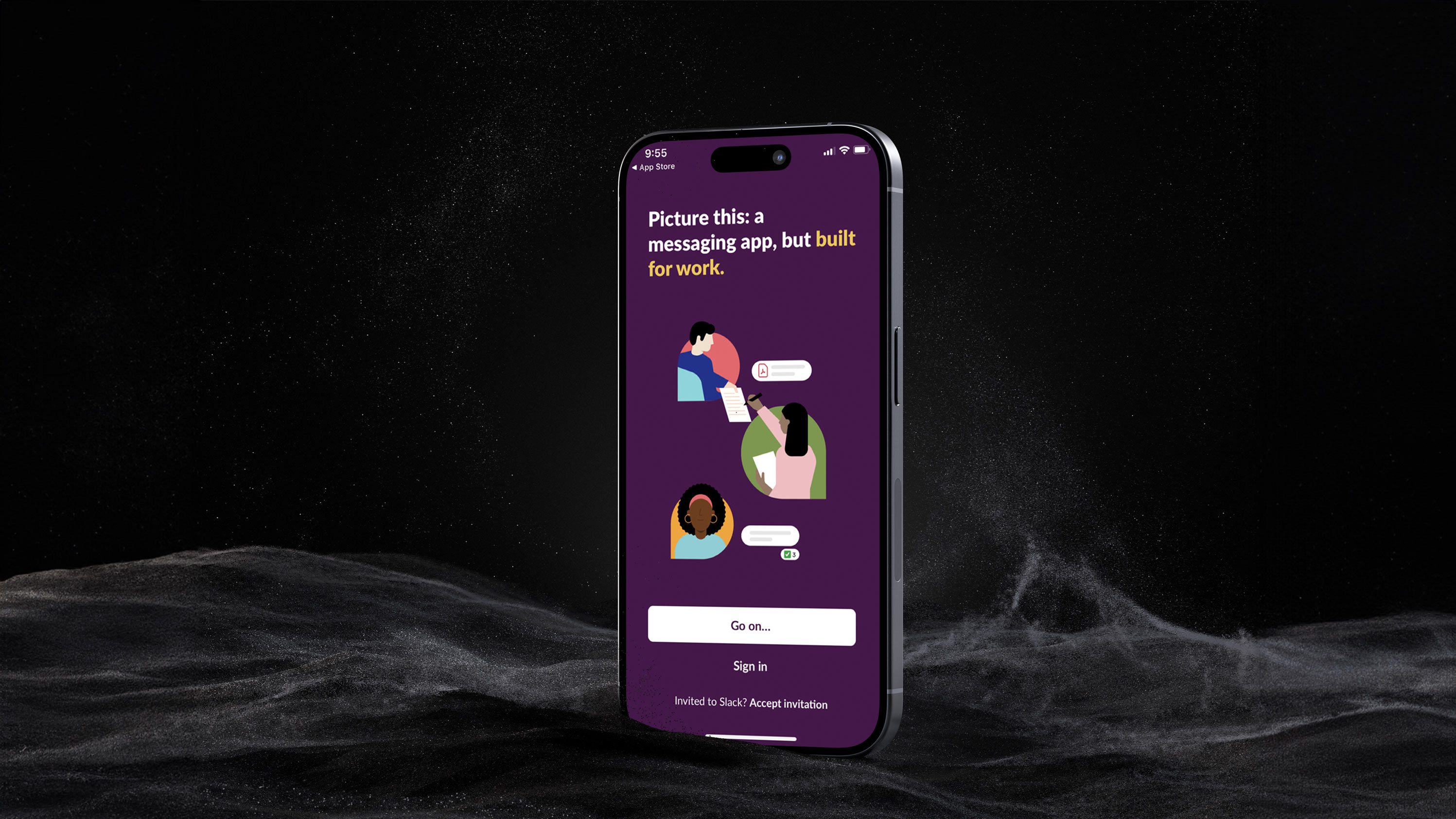A hitting question to start with: How much are you really willing to risk for your brand to make it in this competitive time?
We’re talking about real risk. The kind of risk where you make choices that will determine your business’s survival, growth, and even legacy.
Many new brands in today’s time fall into the trap of thinking that branding is a nice-to-have extra — something to think about once the business is “successful.” But majorly forget; Branding is not just the cherry on top; but the full-proof foundation of your entire business.
And skipping this crucial step? That’s a 100% gamble.
Take the case of MySpace, for instance. In the mid-2000s, MySpace was a pretty dominant social platform. It had millions of users, and at one point, it was even outpacing Facebook. However, what MySpace failed to understand was the emotional power of branding. They didn’t advance quickly enough, and their branding became stale with time. Facebook, on the other hand, built an experience and a brand that resonated deeply with its users, and they’re still here, while MySpace is a digital memory.
If you’re building a business, your brand needs to be as strong as your product or service. Otherwise, you risk being lost in the noise.
Let’s break down five truths about branding that new businesses often ignore, and deeply regret later.
1. Investing in Brand Equity Early
Brand equity is the value a brand holds in the eyes of its customers. It’s built through trust, emotional connection, and consistency, not just visibility.
Think about Tesla. When electric cars were still “cool but impractical,” Tesla wasn’t just selling cars. They were building a movement. They branded themselves as the name in innovation and sustainability, and now, they own that space.
On the flip side, brands that wait too long to invest in branding usually end up playing catch-up — and trust me, that’s exhausting and expensive.
Lesson:
Start building your brand equity from day one. The trust you earn today will pay off tenfold when the competition heats up.
1. Undervalued Products
Ever heard the saying, “A great product won’t sell itself”? Well, it’s true. If customers don’t get your product’s value, it won’t matter how good it is.
Dyson didn’t just sell vacuum cleaners; they sold cutting-edge design and innovation. Branding made their vacuums aspirational, even in a market full of cheaper options.
Meanwhile, countless startups with amazing products fail because they never communicate their value effectively.
Lesson:
Don’t let your product blend into the background. Use branding to showcase what makes it different and worth every penny.
1. Customer Experience as Branding
Your brand isn’t just your logo or tagline. It’s how your customers feel every time they interact with you.
LEGO has adapted to changing times by introducing themed sets, collaborating with franchises like Star Wars and Harry Potter, and creating digital experiences such as LEGO video games. Yet, their core identity — sparking creativity — has remained unchanged.
Brands that fail to innovate risk fading into irrelevance.
Build a community around your brand. When customers feel like they’re part of something bigger, they’ll champion your cause.
Slow, deliberate branding creates a legacy. Instant gratification often fades, but long-term consistency wins.
2. Impatience- Killing Brand Growth
Here’s a tough one: branding takes time. Lots of time. And many new businesses give up too soon.
Coca-Cola didn’t become a global icon overnight. It took decades of consistent messaging and relentless focus on their identity.
Impatience leads to hasty decisions — like changing your logo every six months or jumping on every new trend. All it does is confuse your audience and weaken your brand.
3. Copycat Branding
Imitation may be the sincerest form of flattery, but in branding, it’s a disaster.
Pepsi has often been seen mimicking Coca-Cola’s visual cues. Take the “red” in its early campaigns, where they borrowed Coca-Cola’s bright and iconic color scheme, trying to evoke similar emotions around refreshment and nostalgia.
While Pepsi has its own identity, it occasionally risks looking like the younger sibling instead of an independent challenger.
Copycat branding often spreads too thin by trying to appeal to everyone. Instead, double down on a niche market where you can truly make an impact.
Conclusion
The real question, then, is not just about how much risk you are willing to take, but how strategically you can direct that risk to build something lasting and impactful. Every touchpoint with your audience is an opportunity to reinforce your brand, and those who invest early, who build on trust and emotional connection, are the ones who will shape industries and lead change.
Will you play it safe, or will you boldly build a brand that defines the future? Stay tuned for more!
by
Urvashi
/
Read more



